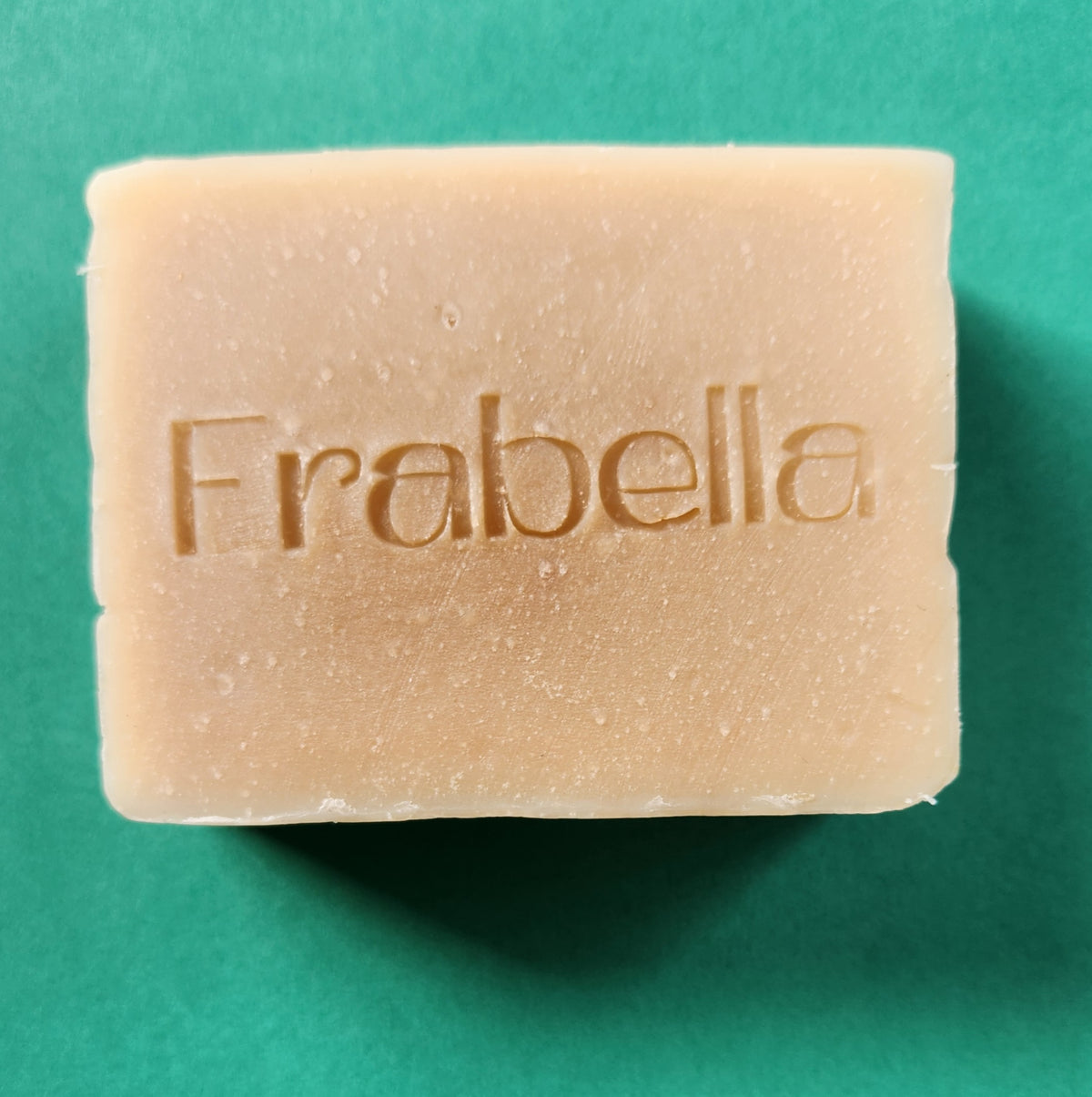- Regular Price
- $19.99
- Sale Price
- $19.99
- Regular Price
- $19.99
- Unit Price
- per

Introduction
Kawakawa (Pseudowintera colorata), also known as Macropiper excisum, is a native plant of New Zealand, renowned for its rich history and myriad benefits. As a member of the pepper tree family, it has played a crucial role in Māori culture and traditional medicine for centuries. This blog explores the history of kawakawa, its benefits, and its significance in contemporary wellness practices.
History - Where, Who, What.....
Kawakawa has been used by Māori for generations, not only as a culinary ingredient but also as a vital component of traditional healing practices. The leaves and stems of kawakawa were commonly brewed to create herbal teas, believed to have medicinal properties. The plant was so valued that its leaves, known for their heart-shaped silhouette, were often used ornamentally and symbolically in various cultural rituals.
In Māori mythology, kawakawa is associated with the god of the forest, Tawhirimatea, highlighting its spiritual importance within the community. Traditionally, its leaves have been used in rongoā (traditional Māori medicine) for treating ailments such as colds, digestive issues, and skin conditions.
With the arrival of European settlers in the 19th century, the knowledge of kawakawa began to gain wider recognition. Botanists and herbalists documented its properties, leading to an increased appreciation of this indigenous plant beyond its local use.
Benefits of Kawakawa
Medicinal Properties: Kawakawa is considered a potent anti-inflammatory and antiseptic. Its leaves are rich in essential oils, flavonoids, and alkaloids, which contribute to its healing attributes. Today, it is commonly used in herbal teas and tinctures aimed at alleviating respiratory issues, digestive troubles, and general inflammation.
Digestive Support: The consumption of kawakawa tea is believed to support digestion and relieve bloating and discomfort. Its traditional use as a digestive aid traces back to Māori practices, making it a time-tested remedy.
Skin Care: Kawakawa has gained popularity in modern skincare formulations. It is used in various products, such as ointments, balms, and creams, attributed to its mild antiseptic properties. These products can be beneficial for soothing skin irritations, cuts, and insect bites.
Culinary Uses: The leaves of kawakawa can be used as a flavoring agent, imparting a unique peppery taste to dishes. Chefs and home cooks often incorporate fresh or dried leaves into marinades, sauces, and stews, showcasing the versatility of this native plant in contemporary cuisine.
Cultural Significance: Beyond its physical benefits, kawakawa carries cultural significance, symbolizing connection to nature and heritage among Māori people. Incorporating kawakawa into wellness practices or cuisine fosters cultural appreciation and encourages sustainable use of native plants.
Conclusion
Kawakawa stands as a testament to the enduring relationship between people and nature. Its historical use by Māori as both a medicinal remedy and a culinary ingredient emphasizes the importance of indigenous knowledge and practices. As modern wellness trends gravitate towards natural remedies, the resurgence in the use of kawakawa offers not just health benefits but also a deeper understanding of its cultural significance. By embracing kawakawa, we honor its storied past while promoting a sustainable future that recognizes and sustains the natural world.
Whether enjoyed as a soothing tea, incorporated into skin care products, or celebrated for its cultural heritage, kawakawa is truly a remarkable plant worthy of recognition and appreciation.
0 comments